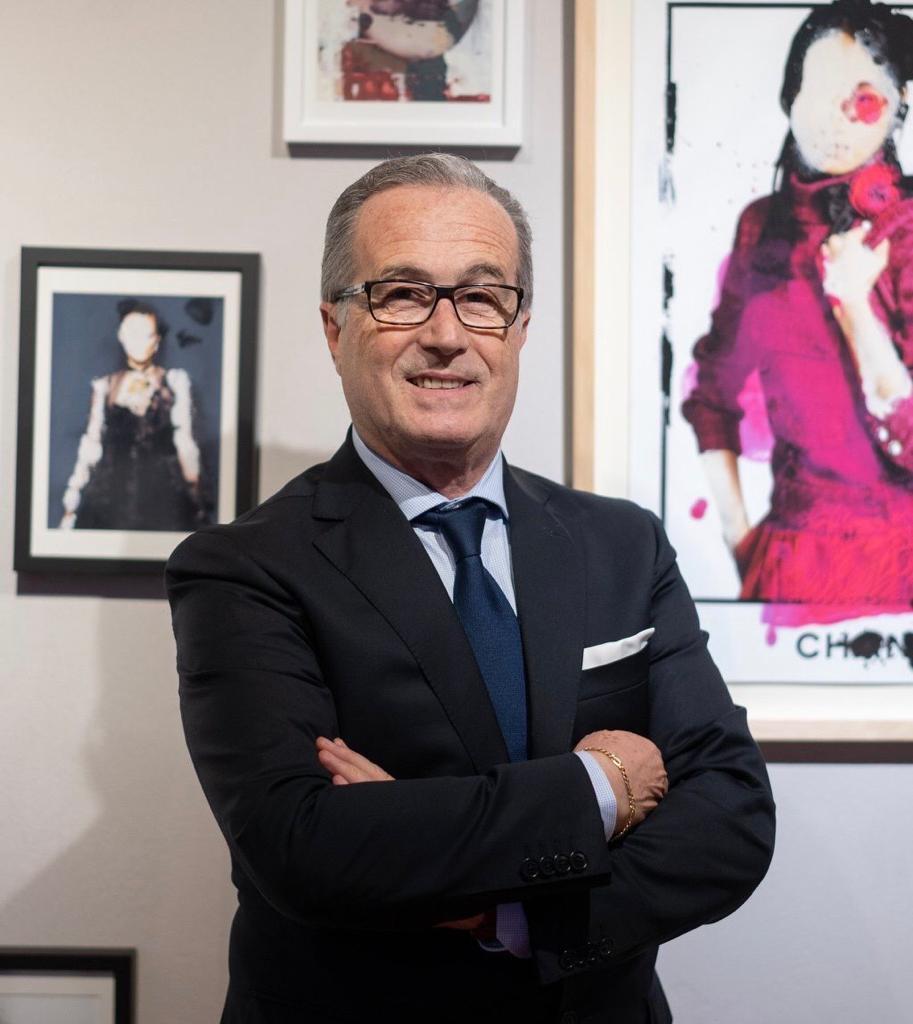THE BIG MUSEUMS ON SOCIAL NETWORKS
The Scandal
By Roberto Concas
The presence on social media of large national and international museums is arousing big rumor, since they are becoming increasingly numerous, facing online communication.
Among all, the greatest hype was created by the “monumental” Uffizi Galleries in Florence with its director Eike Dieter Schmidt, who proves “amazed” by the protests of what he defines: professors!
The choruses of voices (not many) say: the great museums have been violated and thrown into the fray of social media, a disgrace, a frightening thing, a massacre of culture !!
These, in a purified summary, are some of the manifestations of dissent they have addressed, not only to Schmidt but also to other directors who, in recent months but some already in the past, have conveyed information and cultural content through the channels of social networks.
THE SOCIAL NETWORKS
Moreover, the interesting thing about some of these great museums was not only the ability to use the new media, but also to use, usefully, each of the individual and specific “languages”, for which one each for Facebook, Instagram, LinkedIn and the last TikTok, social aimed at young people, whose strength is the irreverent irony of a note over time.
You can turn up your nose or simply watch, but the phenomenon can no longer be ignored, indeed, this type of communication will soon have to be part of one of the institutional communication systems of each museum.

MUSEUM STATUTE
Communication with these “new” means must fully enter the “Museum Charter” and the “Statute” as a mission, intended as a tool for the democratic dissemination of content, an added value that cannot be renounced.
In practice, more than pontificating and predicting the end of museums, it means studying, developing and improving new effective, immediate and memorable communication systems, without necessarily losing quality and also scientific reliability on the contents.
Some museums, not many yet to tell the truth, every day give news for their social networks, a very short press, up to twenty seconds long, with which they maintain and support their relationship with a distant audience, which in this way instead he feels very close and participates in the life of the museum.
It is twenty seconds for a quality surrogate, difficult to organize and maintain over time, but which give exciting results for some museums, such as the Uffizi, which evaluate their contacts in three million users.
COMMUNICATIONS STRATEGIES
For museums, this is a so-called “audience development” process, a process that aims at expanding and retaining its users, varying the type of fruition systems, also addressing those categories which, for different reasons, remained excluded.
To implement these processes, true strategies are needed where nothing can be improvised, and where nothing can be of the “hit and run” type, but rather structured over time, in form, quality and methodology.
The international community has expressed the continuity and “certified” quality of the contents concerning the cultural assets to be conveyed in scientific, educational and even commercial fields, with the instrument of the London Charter 2009, which reports some fundamental
SMART MUSEUMS
The need is to organize communication systems for “Smart Museums” that dialogue with users, leaving them free to interpret and manage their own personal process of interaction and experience with the museum.
The results for the museums that use these systems are now tangible and certified by many researches and by commercial advisors who test user ratings, the data confirm increases in substantial percentages, not only of the accesses but above all of the approval ratings that are ” they convert ”into online purchases, indirect promotion, and mainly into a loyal community and attentive stakeholders.

INVESTING IN DIGITAL
Investing today to live tomorrow as a museum, also intended as an active team in society, a cultural resource shared by the community, not necessarily and only physically, but also with the tools of virtual “approach”.
Museums will have to invest in the quality of the communication systems, overcoming the forced self-production of the emergency by moving towards systematic programs of adequate profile and cultural quality.
ONLINE IN THE TRADITION
Finally, a short note to clarify that the online communication systems for museums are not the same as other activities, both commercial and institutional, but are specific, unique, and unavoidably linked to a long history and museological tradition.





